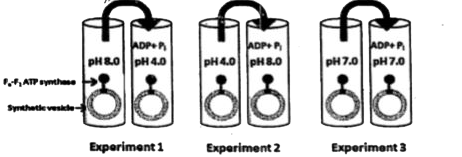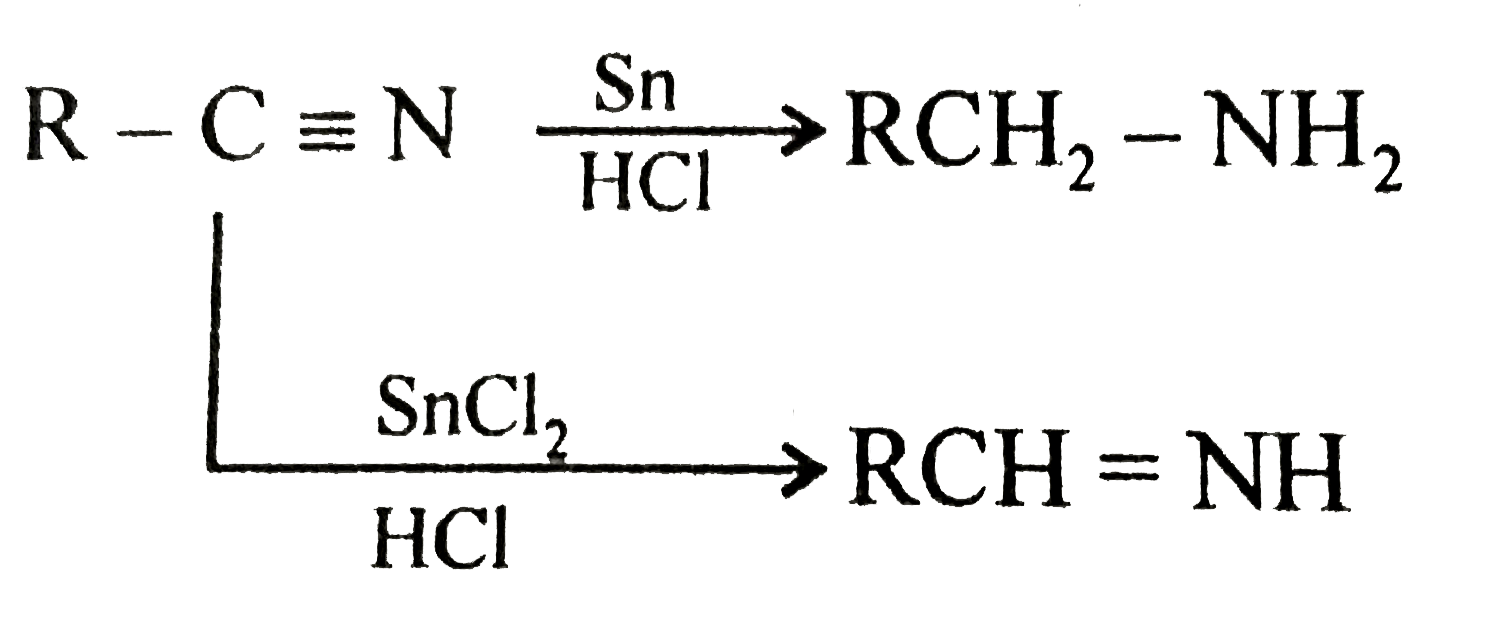During cyclic photophosphorylation (1) Only PSI is functional. (2) The electron is circulated within the photosystem. (3) Grana lamellae is involved only. (4) Both ATP and NADPH+H+ are synthesised.
(1) and (2) are incorrect
(3) and (4) are incorrect
(1) and (3) are correct
(2) and (4) are correct
Step-by-Step Solution:
1. Understanding Cyclic Photophosphorylation:
- Cyclic photophosphorylation is a process that occurs in the thylakoid membranes of chloroplasts where light energy is converted into chemical energy in the form of ATP.
- It primarily involves Photosystem I (PSI), which is also known as P700 because it absorbs light most efficiently at a wavelength of 700 nm.
2. Evaluating the Statements:
- Statement 1: "Only PSI is functional."
- This statement is true. In cyclic photophosphorylation, only Photosystem I is involved.
- Statement 2: "The electron is circulated within the photosystem."
- This statement is also true. In cyclic photophosphorylation, the excited electrons from PSI are transferred to an electron transport chain and eventually return to PSI, creating a cycle.
- Statement 3: "Grana lamellae is involved only."
- This statement is false. While the thylakoid membranes (which include grana) are involved, the process primarily occurs in the stroma thylakoids (also known as stromal lamellae), not exclusively in the grana.
- Statement 4: "Both ATP and NADPH + H⁺ are synthesized."
- This statement is false. Cyclic photophosphorylation produces ATP, but not NADPH + H⁺. NADPH is produced during non-cyclic photophosphorylation.
3. Conclusion:
- Based on the evaluation, statements 1 and 2 are correct, while statements 3 and 4 are incorrect. Therefore, the correct answer is that statements 1 and 2 are true.
Final Answer:
- The correct options are 1 and 2.
---
- Cyclic photophosphorylation is a process that occurs in the thylakoid membranes of chloroplasts where light energy is converted into chemical energy in the form of ATP.
- It primarily involves Photosystem I (PSI), which is also known as P700 because it absorbs light most efficiently at a wavelength of 700 nm.
- Statement 1: "Only PSI is functional."
- This statement is true. In cyclic photophosphorylation, only Photosystem I is involved.
- Statement 2: "The electron is circulated within the photosystem."
- This statement is also true. In cyclic photophosphorylation, the excited electrons from PSI are transferred to an electron transport chain and eventually return to PSI, creating a cycle.
- This statement is false. While the thylakoid membranes (which include grana) are involved, the process primarily occurs in the stroma thylakoids (also known as stromal lamellae), not exclusively in the grana.
- This statement is false. Cyclic photophosphorylation produces ATP, but not NADPH + H⁺. NADPH is produced during non-cyclic photophosphorylation.
- Based on the evaluation, statements 1 and 2 are correct, while statements 3 and 4 are incorrect. Therefore, the correct answer is that statements 1 and 2 are true.
- The correct options are 1 and 2.
Topper's Solved these Questions
Similar Questions
Read the following four statement A,B,C and D and select the right opition having both correct statements.
statements
(a) Z scheme of light raction takes place in presence of PS I only .
(B ) Omly PS I is functional in cyclic photosporylation
(c ) Cyclic photophosphorylation results into synthesis of ATP and NADPH2
(D ) Stroma lamllae lack PSII as welll as NADP
View SolutionFor Sc (2 1), if both 3d and 4s electrons in involved in bonding, the oxidation state will be
View Solution
Knowledge Check
Read the following statements and selct the correct ones.
(i) PS I is involved in non-cyclic photophosphroylation only.
(ii) PS II is involved in both cyclic and non-cyclic photophosphorylation.
(iii) Stoma lamellae membranes possess PS I only whereas grana lamellae membranes possess both PS I and PS II.Ai onlyBii onlyCiii onlyDi,ii and iiiAssertion: The whole scheme of transfer of electrons, starting from the PS II uphill to the acceptor, down the electron transport chain to PS I, excitation of electrons, transfer to another acceptor, and finally downhill to NADP+ causing it to be reduced to NADPH+H+~iscal≤dtheZschemeorcyclicpho⊤hosphorylation.<br>Reason:BothATPandNADH+H^(+) are synthesised by this kind of electron flow.
AIf both assertion and reason are true and the reason 1s the correct explanation of the assertion.BIf both assertion and reason are true but reason is not the correct explanation of the assertion.CIf assertion is true but reason is false.DIf both assertion and reason are false.Read the following four statements, A, B, C and D and select the right option having both correct statements.
Statements :
(A) Z scheme of light reaction takes place in present of PSI only.
(B) Only PSI is functional in cyclic photophosphorylation
(C) Cyclic photophosphorylation results into synthesis of ATPandNADPH2
(D) Stroma lamellae lack PSII as well as NADP Options:AA and BBB and CCC and DDB and D
Assertion :- In Stroma lamellae cyclic photophosphorylation is the only mean of ATP synthesis
Reason :- In stroma lamellae both PS-II and NADP reductase enzyme are absent.
View SolutionFind out which part of a sentence has an error
View SolutionThe number of electrons involved in the reduction of nitrate (NOө3) to hydrazine (N2H4) is
View SolutionExperiments 1, 2 and 3 were conducted wherein synthetic vesicles containing F0−F1 ATP synthasev were prepared and incubated overnight in a tube. Subsequently, the vesicles were transferred to another tube which alsao contained ADP and Pi (inorganic phosphate).

A. A proton gradient across the vesicular membrane will be present in both experiments 1 and 2 at the time of transfer.
B. As a consequence of the proton gradient, ATP will be synthesised in both experiments 1 and 2.
C. ATP will be synthesised in experimants 3 because Fo-F1 ATP synthase has the inherent property to catalyse the synthesis of ATP from ADP and Pi.
D. ATP will be synthesised in experimants 2 because the proton has to flow out of the vesicles through the F0−F1 ATP synthase for ATP synthesis.
View SolutionStatement-I

Statement-II : Sn can give maximum of 4 electron during reduciton, whereas Sncl2 can give only 2.
View Solution
